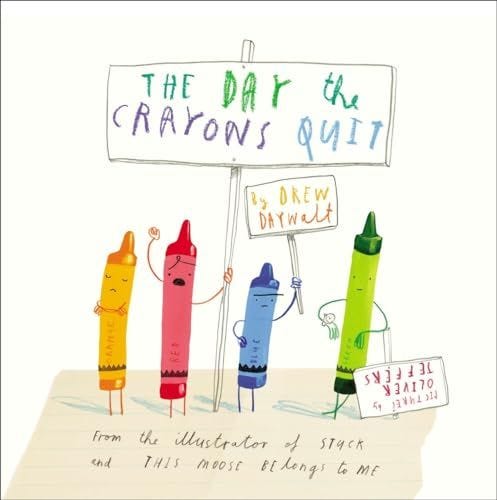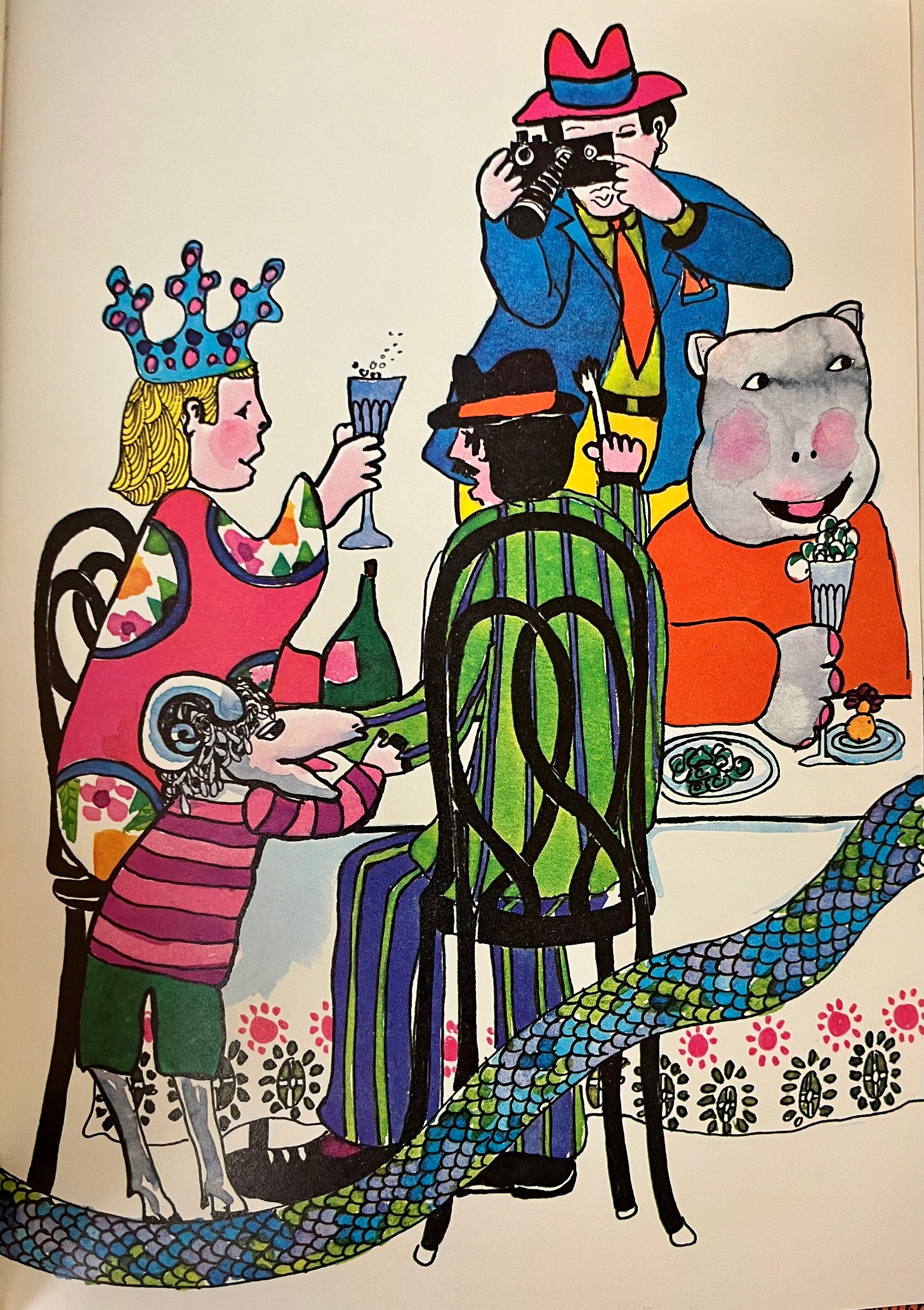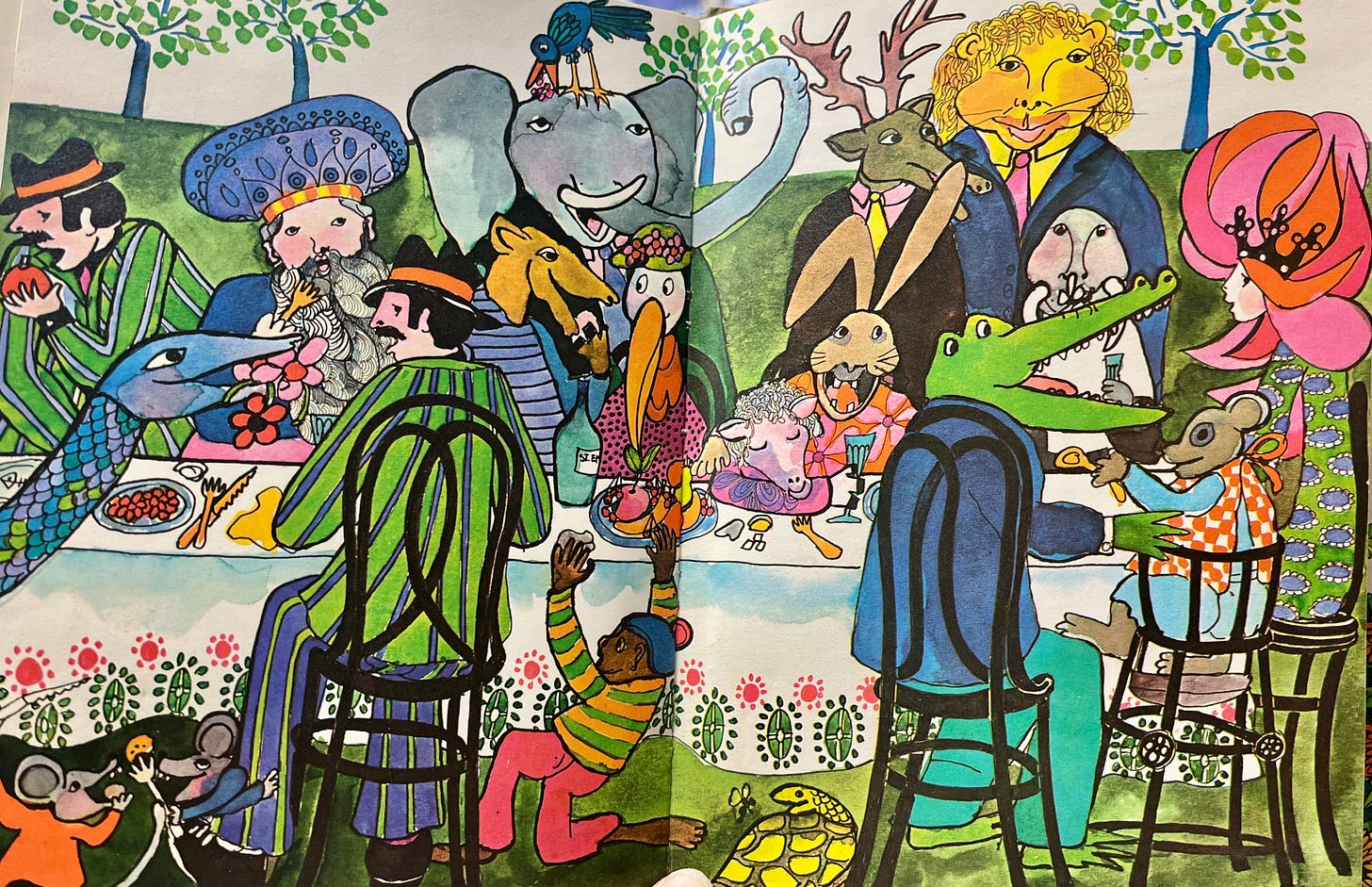“You are now entering the valley of Lamador. Everybody will see something different here. You will see one thing and your father and mother and dog will see something else. A father will see big trees, big birds, and big animals. A mother will see little flowers, little birds, and butterflies. A dog will see little animals, big and little trees, and bones, but he will smell more than he will see. But the main thing that you will see is to see what happens next.”
Eric Berne, MD

We cannot just consume information on the awfulness of “the world.” We need light-hearted fun, joy, and laughter to combat despair.
ERIC BERNE
I tend to think of the psychiatrist and founder of transactional analysis—Eric Berne, MD—in the same way I think of a nice luxury BMW: that they are wonderful. So, there is a bias in this piece. Leonard and then later Lennard Bernstein (before Eric Berne) wrote every night from age 14 onward. He hid his Semitic roots because “He saw no reason to keep a name that might cause him to be discounted on his way to the top.” 1 He wrote short stories, novels, and best sellers in his psychiatric field such as The Mind In Action and the cultural game-changer, Games People Play.
After reading the The Happy Valley a few times I had the thought: Was Eric Berne pointing to aspects of democratic socialism? The book is embedded within the time period in America (mid-1960s), so individuality and self-transformation are clear themes, but also compassion and the delusionary nature of what we call “culture.” Then I read a biography on Berne, which suggests some left-wing leanings.
Eric Berne developed transactional analysis as an apolitical therapy process. Publicly, he did not reveal his political perspectives. He grew-up in Montreal and many believe that he was deeply affected by anti-Semitism. Berne’s father was also a physician and he set up a medical clinic for the poor and for the arrival of Jewish immigrants (at the turn of the 19th century). His father was part of the early Zionist movement “when Zionism meant radicalism.” 2 He named his medical clinic after the founder of modern Zionism, Theodor Herzl (Berne’s father died in the 1920s). However, Berne hid his Jewish roots as much as possible (altering his name several times before landing on “Eric Berne”) and turned his back on his father’s religious convictions.
Berne’s first wife attended anti-war gatherings and was a card-carrying member of the Socialist Worker’s Party and he apparently agreed with those views, but refused to endorse them publicly and he refused to attend a Trotskyist meeting. He was a member of the American Civil Liberties Union and refused to take any loyalty oaths at the peak of McCarthyism. 3 In addition, he had leftist friends and his second wife was engaged in anti-war leftism. His third wife was a pacifist, but not when it came to Israel (“we were attacked!”). 4
Berne’s de-emphasis on public political activity had to do with the fact that he was unable “to cloak himself with the mantle of orthodoxy,” 5 no matter its persuasion. He lived a fascinating life: he saw an average of 50 therapy patients per week (writing books into the night), most people thought his IQ was 200, he had a strong interest in ESP and intuition, and he received analysis from Erik Erikson. Berne himself was refused admittance to the Establishment of psychoanalysis. 6
FATHERHOOD AND CHILDREN’S BOOKS
I became a father in the beginning of 2017 and soon dove into Eric Berne’s writing at the same time I was being exposed to 21st century children’s books. Suffice to say, I’m now well-versed in Western children’s literature. It sucks. The narratives are dominated by the first-person (one character at a time) subjective account of “reality.” Computer-generated animals, super heroes, and video game characters predominate with digital illustrations. For my money I like Shel Silverstein because he provided humor, irony, life lessons, and symbiotic relations, e.g., The Giving Tree.
The children’s books I come across reinforce the imperative of being an individual or a somebody. Functionally, the books are isolated as educational (Tiger vs Lion or T-Rex vs. Triceratops), entertaining (“Dog Man” and “Pete The Cat”), or prognostic (“Bear and Wolf” and “Cranky Kitty”). Thematically, the books reinforce self-measurement and self-optimization. The Cartesian “self”—that is separate from “the world”—is put forward as a contingent and with substantive form.
The narration often breaks the fourth wall and engages the reader/listener directly to do things such as to physically manipulate the book (tap or turn the page, etc.). I must admit, despite this framing, there is an exception. B.J. Novak is one of writers, directors, producers of the American version of “The Office” television series. He wrote the perfect book for a three-year-old despite any imagery: The Book with No Pictures.
However, the overall messaging in the kid’s books I’ve come across reinforce hyper-individualism, relational competition, and justifiable revenge as primary methodology for problem solving. For example, in “The Day the Crayons Quit,” each colored crayon individually writes an emotional diatribe of their personal struggles (a type of status update) versus the entire crayon box instigating a general strike.
MY INTEREST IN ERIC BERNE
If you’ve read any of my Substack posts, you know my interest is in Wilhelm Reich, transactional analysis, and Zen. My current undertaking is a manuscript—Games Fascists Play—that is a kind of remix of Eric Berne’s bestseller, Games People Play. This has required a large undertaking: wrapping my head around the dynamics of twentieth-century European fascism.
When I found out Berne had written and published a children’s book, I had to get my hands on it. I figured it would be terrible and I was resigned to adding the book to the shelf of (growing) transactional analysis antiques. I was shocked at how smart, engaging, mysterious, dynamic, and loving The Happy Valley was! And, best of all, my three children (8, 6, and 4) love it! We frequently quote the book (“Now he’s ugly on the inside”; “Speak Ruthenian”; “Does anyone want to know…”, etc.).
Berne was a genius of social psychiatry, but his ability to write an “unpsychiatric” book was a pleasant surprise:
Published in 1968, this is Dr. Berne’s first “unpsychiatric” book. Although the colorful illustrations might lead the naive reader to believe that this book is for children only, this is not the case. The book follows the adventures of a python named Shardlu, who is described as “was not very handsome to look at, and not very clever. In fact, he was a little mixed up. The only way he could earn a living was by being kind to people on Tuesday night and Friday morning.” Children will enjoy this book for the colorful illustrations and the fantasies it provokes. Adults will enjoy this book for the deeper messages embedded in what appears to be a simple children’s story. 7

REVIEWING “THE HAPPY VALLEY” BOOK
In a 2004 review by Jonathan Lethem, he describes The Happy Valley as “thrillingly weird.” 8 The protagonist is a blue python named Shardlu. In contemporary terms, Shardlu works as a parttime emotional support animal, which is how he earns his living and structures his time. My 6-year-old offered an unsolicited comment on the buddha nature of Shardlu:
“Shardlu’s job is to be kind to people. But that’s just a reasonable thing to do. To be kind to people.”
In the strange land of Lamador, there is a prince, princess, a sheep named Flossie, a rabbit name Dulcy, a wise man named Abe, a restless professor who rarely goes anywhere named Professor Nogo, many other animals, and a gang of three robbers named Moustache, Shamrock, and Tobedwego.
The beautiful illustrations balance the significant amount of words and pages (technically what my kids call a “Chapter Book”). However, it truly feels like a great story and not something to quickly finish. The dialogue is unlike anything I’ve seen in 21st century kid’s books: rich but not transparent in revealing the narrative as well as containing aspects I don’t totally understand.
Furthermore, an underlying message struck me: the so-called “happy valley” is pluralistic and totally inclusive of all beings with a monarchical structure. There is a place and a role for everyone in society, including a trio of self-righteous fascist-types who parachute into the land. Each individual is welcomed into the collective even if it is based on naiveté. I could say more, but do yourself a favor and get a copy of The Happy Valley. At the very least, send it to a 21st century iGen you know.
p. 35, Jorgensen, E.W. and Jorgensen, H.I. (1984). Eric Berne: Master gamesman. A transactional biography. New York: Grove Press, Inc.
p. 73, Jorgensen, E.W. and Jorgensen, H.I. (1984). Eric Berne: Master gamesman. A transactional biography. New York: Grove Press, Inc.
p. 144, Jorgensen, E.W. and Jorgensen, H.I. (1984). Eric Berne: Master gamesman. A transactional biography. New York: Grove Press, Inc.
p. 219, Jorgensen, E.W. and Jorgensen, H.I. (1984). Eric Berne: Master gamesman. A transactional biography. New York: Grove Press, Inc.
p. 139, Jorgensen, E.W. and Jorgensen, H.I. (1984). Eric Berne: Master gamesman. A transactional biography. New York: Grove Press, Inc.
p. 138 & 140, Jorgensen, E.W. and Jorgensen, H.I. (1984). Eric Berne: Master gamesman. A transactional biography. New York: Grove Press, Inc.












